For centuries, baklava has been synonymous with Turkish hospitality, indulgence, and culinary artistry. This iconic dessert, layered with paper-thin phyllo dough, nuts, and syrup, has delighted palates from Istanbul to Vienna. However, as dietary preferences evolve and health consciousness grows, a quiet revolution is brewing in the world of baklava. Enter the low-sugar version—a bold attempt to preserve the dessert’s rich flavors and textures while catering to modern wellness needs. This article explores the journey of Turkish baklava, the challenges of reimagining its sweetness, and the creative solutions that bridge tradition with innovation.
The Timeless Allure of Turkish Baklava
Turkish baklava is more than a dessert; it is a cultural heirloom steeped in history. Its origins trace back to the Ottoman Empire, where it was reserved for royalty and special occasions. The meticulous process of layering phyllo dough, ground nuts (often pistachios or walnuts), and syrup creates a harmonious balance of crispness and tenderness. The syrup, traditionally made from sugar and water, infuses the layers with a sticky sweetness that lingers on the palate.
Symbolically, baklava represents abundance and celebration. It is a staple during Ramadan, weddings, and family gatherings, embodying the Turkish ethos of sharing and generosity. However, its traditional recipe—laden with sugar and butter—poses challenges for those seeking healthier alternatives. This is where the low-sugar baklava emerges as both a practical compromise and a testament to culinary adaptability.
The Science of Sugar Reduction
Reducing sugar in baklava is not as simple as cutting back on the syrup. Sugar plays multiple roles: it caramelizes the syrup, balances the nuttiness, and acts as a preservative. When sugar is reduced, the dessert risks becoming dry or bland, while the syrup may lack the viscosity needed to saturate the layers. To overcome this, bakers are experimenting with alternative sweeteners like honey, maple syrup, or date syrup. These options add depth without the sharpness of refined sugar, though they come with their own complexities. For instance, honey has a stronger flavor that can overpower the nuts, while date syrup offers a rich, fruity undertone but requires precise measurement to avoid excess moisture.
Another approach involves using natural sugar substitutes such as stevia or erythritol. These zero-calorie sweeteners mimic sugar’s sweetness without spiking blood glucose levels. However, their texture-altering properties demand careful experimentation. Bakers must adjust baking times and syrup concentrations to achieve the signature crispness and syrupy coating. The result is a delicate dance between flavor, texture, and health-conscious ingredients.
Crafting Low-Sugar Baklava: A Culinary Balancing Act
Creating a low-sugar baklava begins with rethinking the syrup. Traditional recipes call for equal parts sugar and water, boiled until thickened. A low-sugar version might replace half the sugar with honey or agave, reducing overall sweetness while maintaining syrupy consistency. Some recipes incorporate spices like cardamom or cinnamon to enhance flavor complexity, distracting the palate from the reduced sugar content.
The phyllo dough itself offers opportunities for innovation. While traditional baklava relies on butter for richness, bakers are testing alternatives like olive oil or coconut oil to lower saturated fat content. These oils alter the dough’s texture, requiring adjustments in layering technique to preserve the dessert’s flaky character. Meanwhile, nut fillings can be enriched with spices or vanilla to compensate for reduced sweetness, creating a more nuanced flavor profile.
Perhaps the greatest challenge lies in achieving the perfect balance between the dough, filling, and syrup. Each component must harmonize without overwhelming the senses. Bakers often describe this process as “culinary alchemy”—transforming ingredients into something familiar yet transformed.
Cultural Reception and Market Trends
Low-sugar baklava has sparked both curiosity and skepticism. Traditionalists argue that altering such a historic dish risks diluting its cultural significance. Yet younger generations, eager to enjoy heritage foods without guilt, are driving demand for healthier versions. In Istanbul’s trendy cafes, chefs now offer baklava with options like “half-sugar syrup” or “fruit-infused glaze,” appealing to health-conscious diners.
Globally, the trend reflects a broader shift toward mindful eating. Specialty food brands now market “guilt-free baklava” kits, featuring pre-portioned phyllo dough, sugar-free syrups, and nut mixes. Social media influencers showcase DIY tutorials, proving that low-sugar baklava can rival its traditional counterpart. However, critics caution against commodifying tradition, emphasizing the need to respect its roots while innovating.
The Role of Technology and Science
Advancements in food science are accelerating the evolution of baklava. Enzymatic treatments, for example, can break down phyllo dough’s gluten content, making it lighter and easier to digest—a boon for those with dietary restrictions. Meanwhile, 3D-printed phyllo layers experiment with precision engineering, creating uniform textures that hold syrup more effectively.
Sweetener technology also plays a pivotal role. Erythritol blends, which mimic sugar’s crystalline structure, are now used to create syrups that harden like traditional versions. This innovation addresses one of the biggest hurdles: achieving that satisfying crackle when the syrup solidifies. Additionally, natural flavor enhancers like monk fruit extract amplify sweetness without calories, allowing bakers to reduce sugar content dramatically.
Preserving Tradition in a Modern World
Despite these innovations, the soul of baklava remains intact. Families continue to gather around the table, sharing stories as they layer phyllo dough and pour syrup. In rural Anatolia, grandmothers still teach their grandchildren the art of stretching dough paper-thin—a ritual passed down for generations. For many, the low-sugar version is not a replacement but an evolution, a way to honor tradition while adapting to contemporary lifestyles.
Chefs and home cooks alike emphasize that the essence of baklava lies not in its sugar content but in its craftsmanship. The meticulous layering, the golden crispness, and the aromatic syrup are irreplaceable. Even in low-sugar iterations, these elements shine through, proving that tradition and innovation can coexist.
The Future of Baklava: A Sweet Uncertainty
As the low-sugar movement gains momentum, the future of baklava hangs in a delicate balance. Will it become a niche product for health-conscious consumers, or will it redefine the dessert’s identity? The answer likely lies in moderation. Innovations that respect the dish’s heritage while embracing progress will resonate most deeply.
In the end, baklava’s story is a reminder that food is more than sustenance—it is memory, culture, and connection. Whether enjoyed with a spoonful of traditional syrup or a drizzle of honey, each bite carries centuries of history and the promise of new beginnings. As we savor this sweet revolution, one truth remains: the pursuit of wellness need not sacrifice joy.
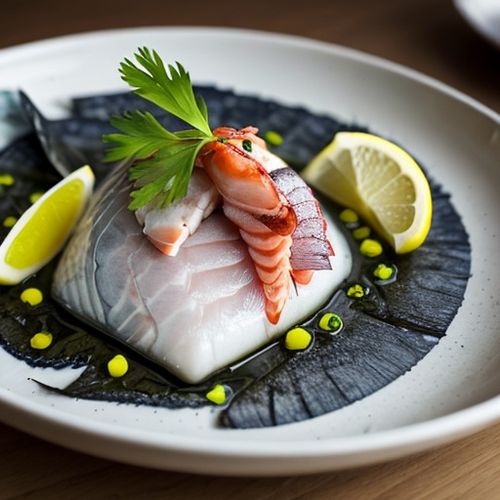
By James Moore/Mar 29, 2025
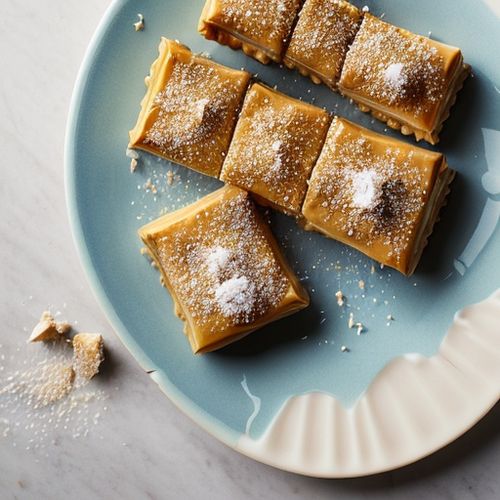
By Noah Bell/Mar 29, 2025
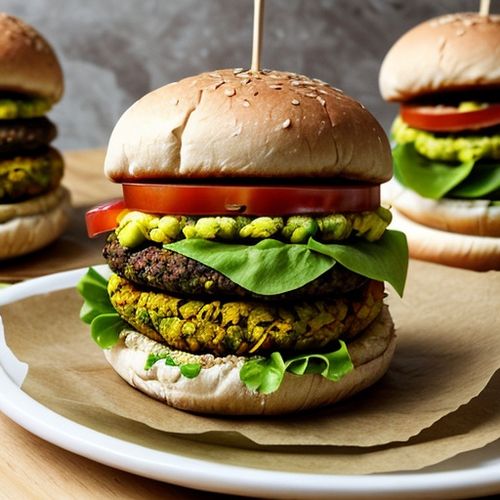
By Ryan Martin/Mar 29, 2025
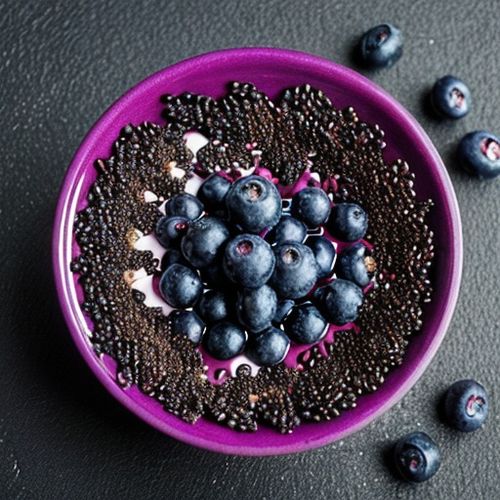
By Sarah Davis/Mar 29, 2025
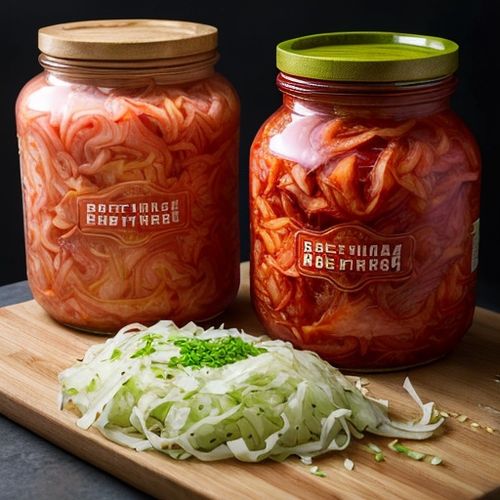
By William Miller/Mar 29, 2025

By Lily Simpson/Mar 29, 2025
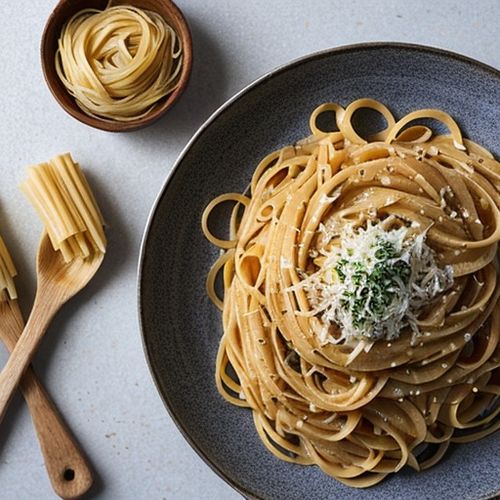
By William Miller/Mar 29, 2025
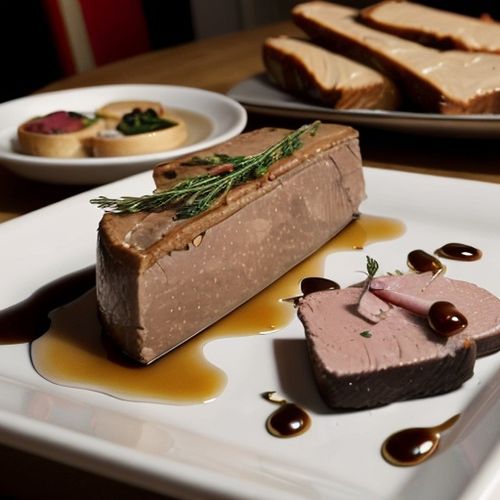
By Rebecca Stewart/Mar 29, 2025
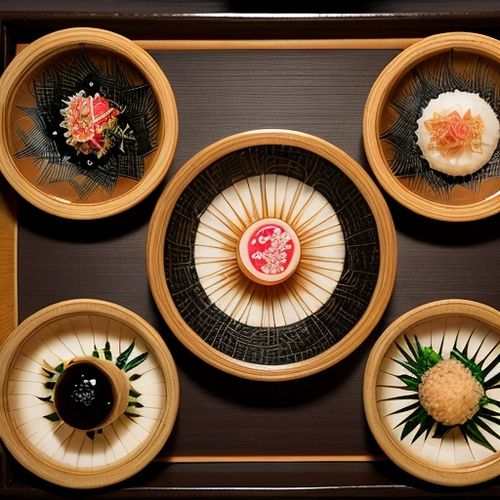
By Joshua Howard/Mar 29, 2025
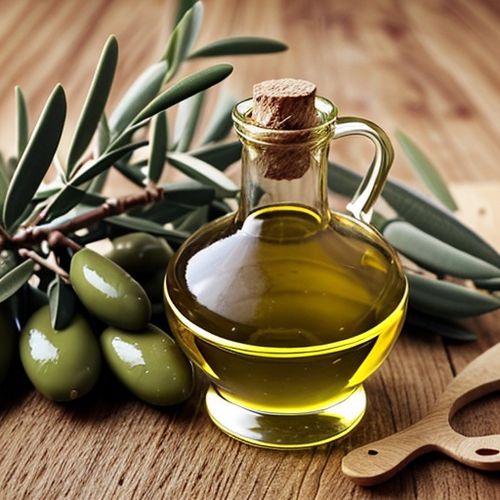
By Emily Johnson/Mar 29, 2025

By David Anderson/Mar 29, 2025
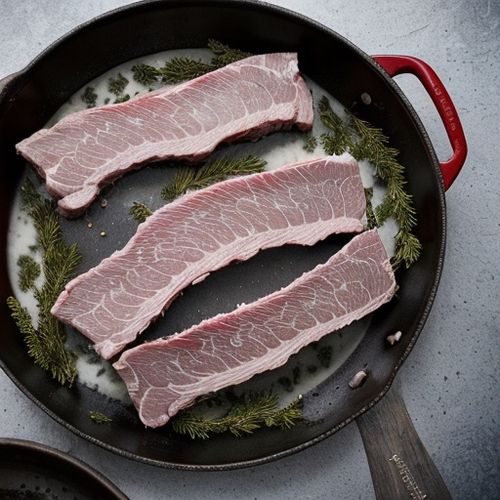
By Thomas Roberts/Mar 29, 2025

By Jessica Lee/Mar 29, 2025

By Amanda Phillips/Mar 29, 2025

By Sophia Lewis/Mar 29, 2025
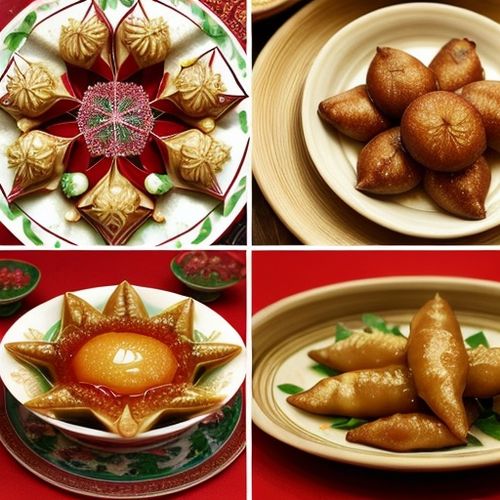
By Laura Wilson/Mar 29, 2025

By Emma Thompson/Mar 29, 2025

By Samuel Cooper/Mar 29, 2025
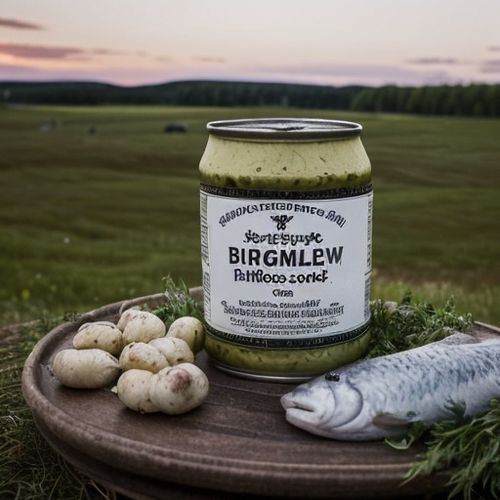
By Olivia Reed/Mar 29, 2025
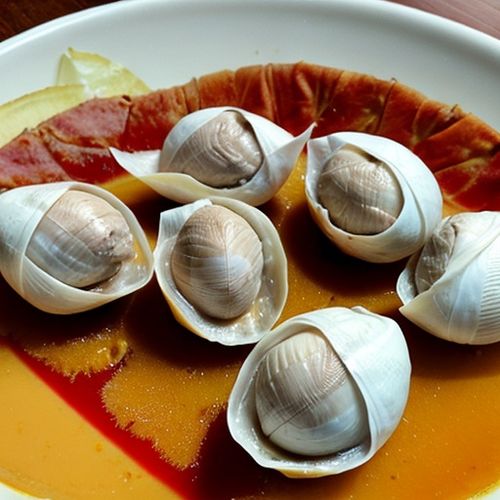
By Noah Bell/Mar 29, 2025